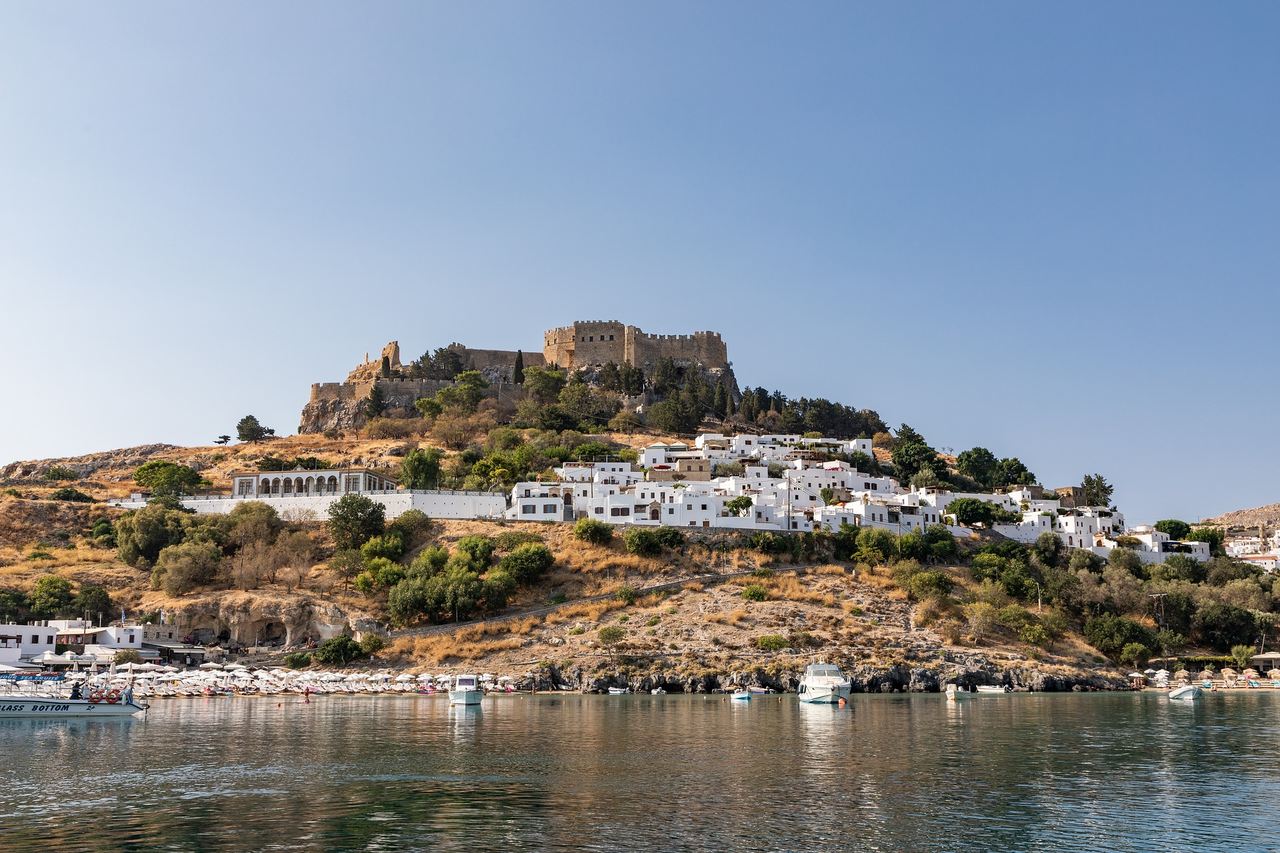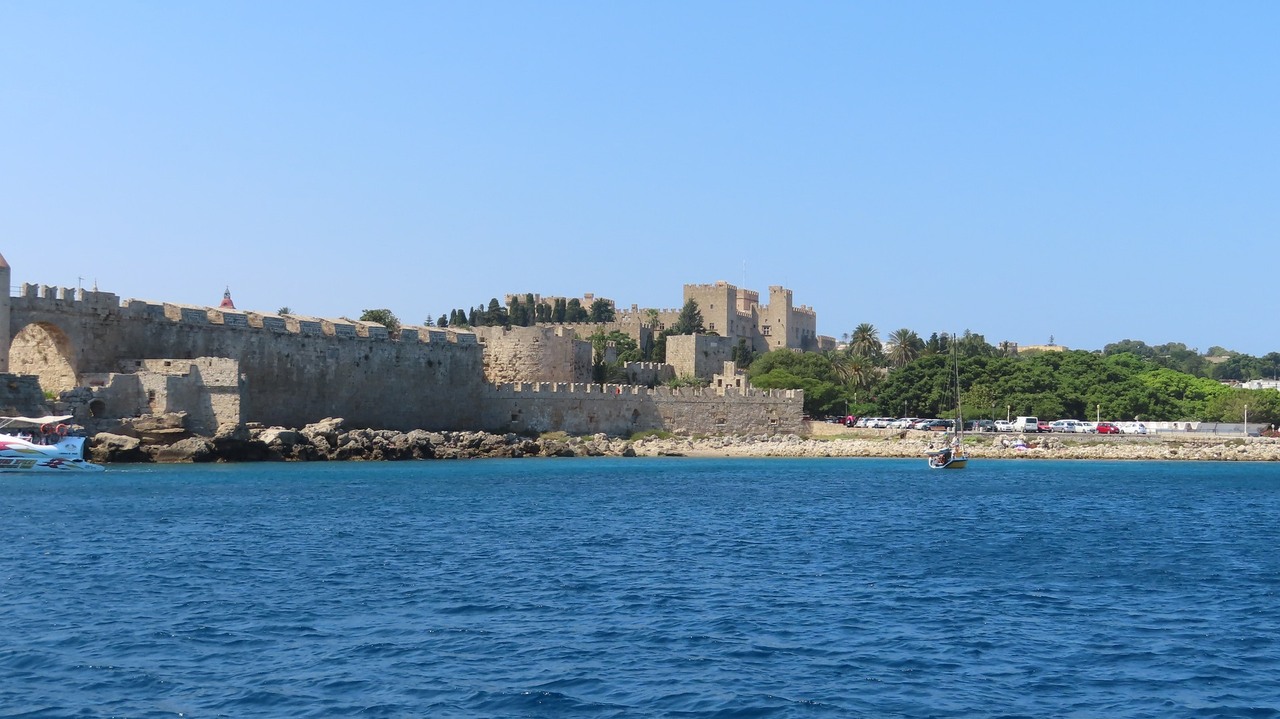The Greek islands are known for their aquamarine shores, pearl-white beaches, and sunsets that blow up dramatic lines of color. But the real novelty and charm of Rhodes is not aesthetic on its beaches: it is at the level of ancient history and in the enduring presence of those who came before.
From the Old Town of Rhodes to its flowering coastline, the stories of antiquity are celebrated in the remnants of medieval streets, royal churches, castles, and acropolises.
Order of the Knights of St. John’s 600-meter cobblestone road is inhabited by its European members, divided into seven inns for the seven countries from which they came. It is surrounded by a great archway, complete with a bridge, towers, and arched doors and windows.

This may lead you to believe that this is another strange boulevard from the Archaeological Museum to the Grandmaster’s Palace: but take a moment to find original reliefs along the road, showing 14th-century patriotism, religion, and cultural sentiments.
Among the most impressive features is the coat of arms of the old hospital and the Grand Masters Philip Villiers de Liesel Adam and Raymond Berenger; Priest; And England.
This 14th-century palace served as the administrative center of the Knights and the residence of the Grand Master. The palace rejoiced over the Knights ‘military victory and its important role as Rhodes’ primary defense, with its round tower and 12-meter-thick walls. Huge granite cannonballs were used victoriously against the Turks, water hyacinth in the vast plains of the cyclone.
Twenty-four rooms are open to the public, including the Grand Reception Hall and the Grand Master’s private chamber. These feature 16th-17th century furniture, hand-woven medieval textiles, multi-colored marbles, ornately carved seats, and mosaics depicting Medusa. Oriental vases are a wonder and the volume speaks of Knight’s intercontinental activity, but they feel restless from space.
On Orpheus Street in the Old Town, you’ll discover a carefully restored Byzantine-style clock tower with baroque elements, a copper dome, a weatherven and symmetrical columns.
Back in the 7th century, the top of the tower has a 360-degree vista, and it can only be reached by climbing 53 wooden stairs.
Here you can hear the sound of bells ringing while marveling at the distant Aegean Sea and harbor located at the Suleiman Mosque and the Grand Master’s Palace. You may want to stop at Terrace Cafe in advance to enjoy the complimentary drinks included in the admission ticket!
Around the port, the 1st-century Church of Our Lady of the Berg casualties of World War II. However, its skeletal remains are probably one of the best examples of Gothic architecture in the Old Town, giving a faint glimpse of its former glory. Its three isles are bounded by four sturdy columns, supported by pointed arches and long, oval windows with distinct rib-arches.
The site is even more impressive at night, as it is illuminated by spotlights, evoking an irresistible religious feeling. This feeling is heightened when the steps and interior of the church are often playing orchestral tunes during music performances here.
Around the port, the 1st-century Church of Our Lady of the Berg casualties of World War II. However, its skeletal remains are probably one of the best examples of Old Town Gothic architecture, giving a faint glimpse of its former glory. Its three isles are bounded by four sturdy columns, supported by pointed arches and long, oval windows with distinct rib-arches.
The site is even more impressive at night, as it is illuminated by spotlights, evoking an irresistible religious feeling. This feeling is heightened when the steps and interior of the church are often playing orchestral tunes during music performances here.
Around the port, the 1st-century Church of Our Lady of the Berg casualties of World War II. However, its skeletal remains are probably one of the best examples of Gothic architecture in the Old Town, giving a faint glimpse of its former glory. Its three isles are bounded by four sturdy columns, supported by pointed arches and long, oval windows with distinct rib-arches.

The site is even more impressive at night, as it is illuminated by spotlights, evoking an irresistible religious feeling. This feeling is heightened when the steps and interior of the church are often playing orchestral tunes during music performances here.
